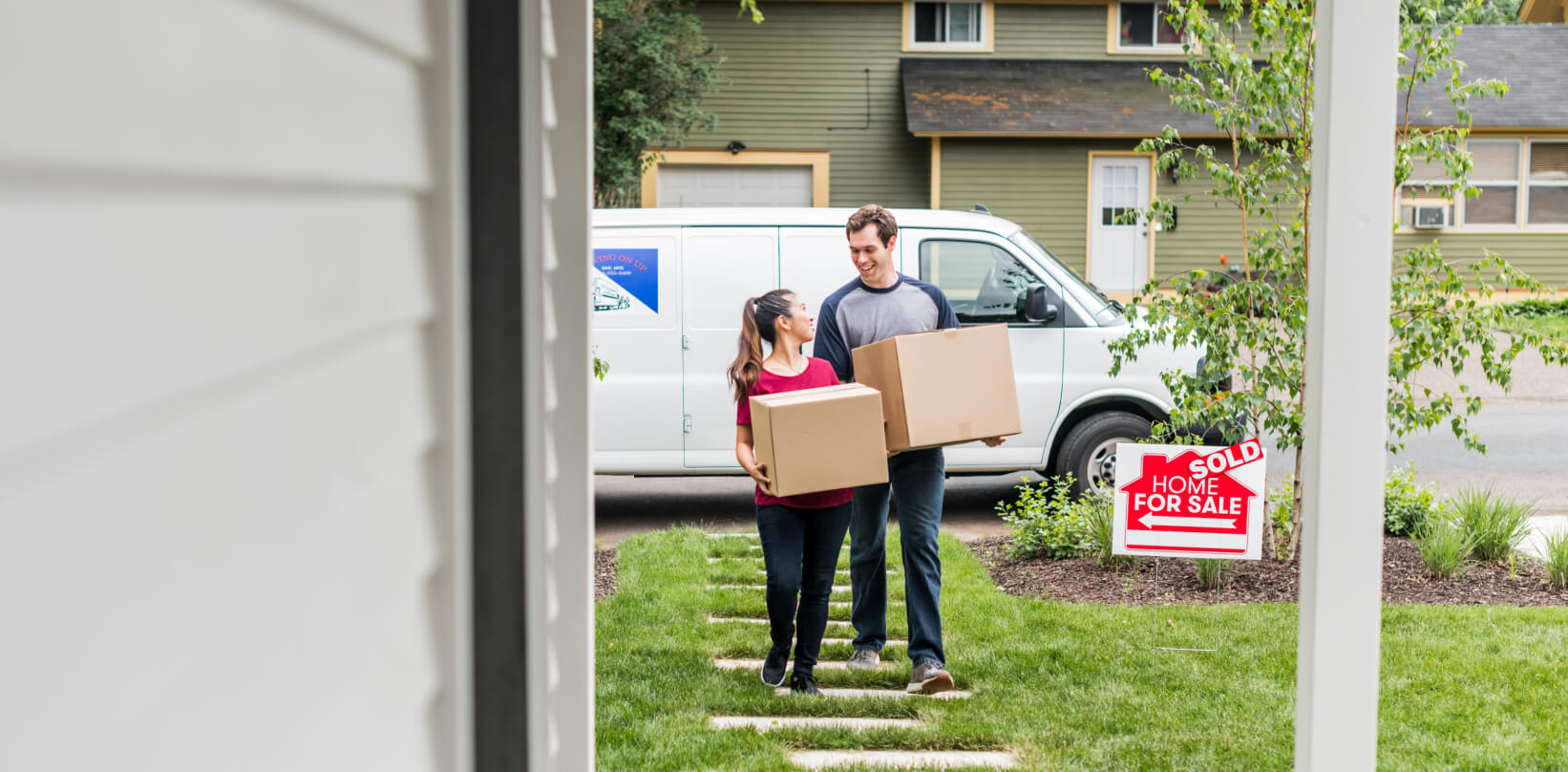4-min read

Homebuyers are eager to secure the best financing for such a large investment, especially in a challenging housing market. Likewise, sellers seek to remain competitive while maintaining a profitable asking price. Interest-rate buydowns – commonly known as mortgage buydowns – are tools that can help both parties achieve their goals.
Real estate agents or homebuilders can suggest buydowns as an option to assist prospective homebuyers who are wary of high interest rates. Buydowns offer those buyers a way to lower their monthly mortgage payments during the first few years of their loan. This is typically done through concessions made by sellers, which may include covering a portion of the buyer’s closing costs, that could save the buyer thousands of dollars.
Seller-paid concessions can reduce buyers’ mortgage interest rates for either a few years or the entirety of a 30-year loan. This can help buyers ease into mortgage payments over time and free up extra cash in the early years for home improvements, landscaping and unanticipated expenses.
The seller can also benefit from concessions, which can be the “cherry on top” that gives a seller’s home a competitive edge compared with other options a buyer may be considering. It can also widen the pool of prospective buyers by attracting people who may have less in cash savings. Real estate agents looking to help their sellers compete in a buyers’ market can consult with a mortgage loan officer to learn how to explain the potential benefits to their clients.
If a seller contributes to a buyer’s closing costs, that buyer can secure a lower interest rate and/or mortgage discount points, which can reduce their interest rate by as much as 0.25% per point (most lenders cap points at 4) and which cost about 1% of the total loan amount. Depending on the type of loan a buyer is using, there are limits, typically around 4% to 6%, on how much a seller can pay toward closing costs.
Temporary rate buydowns
Another common buydown is when a seller pays for a temporary rate buydown (also referred to as a 2/1 or a 3/2/1 buydown), where buyers can temporarily reduce their interest rate for the first few years of their loan. After that, it will revert to the original fixed interest rate stated in the loan agreement for the remainder of the loan.
For example, a 2/1 buydown allows buyers to temporarily reduce their interest rate for the first two years of the loan, allowing them to save money with reduced initial payments during that time.
Here’s an example of what a payment would look like for the first two years of a loan, assuming a $500,000 purchase price with a 20% down payment on a 30-year fixed interest rate of 6.5% (excluding property tax, mortgage insurance and hazard insurance).1 In this example, the total savings over the first two years would be $9,103.76.
|
Year |
Subsidized rate |
Rate differential |
Monthly payment |
|---|---|---|---|
|
1 |
4.500% |
2% |
$2,026.74 |
|
2 |
5.500% |
1% |
$2,271.16 |
|
3 to 30 |
6.500% |
|
$2,528.27 |
Year
1
Subsidized rate
4.500%
Rate differential
2%
Monthly payment
$2,026.74
Year
2
Subsidized rate
5.500%
Rate differential
1%
Monthly payment
$2,271.16
Year
3 to 30
Subsidized rate
6.500%
Rate differential
Monthly payment
$2,528.27
Temporary rate buydowns like a 2/1 tend to be more common with buyers looking for shorter-term options, such as those who are relocating for work for a few years. Permanent rate buydowns, on the other hand, are common for those opting for a 30-year mortgage and plan on staying put.
According to Redfin, Americans tend to average about 13 years in a house,2 so even those with a 30-year mortgage will likely sell or refinance their home during the life of the loan.
Weighing the pros and cons of interest-rate buydowns
As popular as seller-paid interest-rate buydowns may be, they aren’t the best fit for every homebuyer. While they may benefit both parties, negotiating a home’s purchase price may be advantageous for buyers who can then save money on mortgage payments over the life of the loan without seller input at closing.
For example, it may benefit buyers to lock in a lower purchase price at a higher interest rate with the potential to refinance once rates drop and the market stabilizes. However, it’s important to keep in mind that no one can predict if and when rates will drop or by how much. That means for some buyers, rates may never go low enough for a refinance to save them money.
The downside for sellers is that, while concessions allow them to maintain their asking sale price, they are an expense that does affect their net proceeds from the sale.
U.S. Bank offers several opportunities for buydowns, all of which are seller-paid—meaning homebuyers can’t pay the fees—so it’s always important for real estate agents to know that sellers must agree to paying for a buydown before offering it to a client as an option.
To learn more about rate buydown options from U.S. Bank and how to discuss them with your clients, connect with a mortgage loan officer.

We’re ready to work with you and your clients.
Our experienced mortgage loan officers are either in your neighborhood or just a phone call away.
Disclosures
-
Footnote 1Return to content, Footnote 1
-
Footnote 2Return to content, Footnote 2
